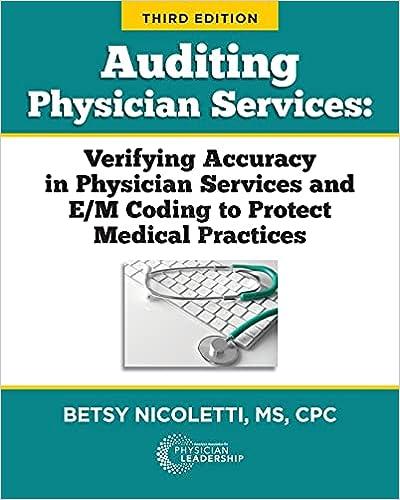This question explores the Fisher relationship. Specifically, we want to calculate the real interest rate for 30-year mortgages over time. To do this, we first need data on the nominal 30-year mortgage rate. Go here to get data on the nominal interest rate for 30-year mortgages. Do three things once there: 1) click Modify Graph (on right side), 2) under "modify frequency," select from the dropdown Annual. Then hit the X in the upper right, 3) click the "Download" button, and download the data to Microsoft Excel. Then, you need data on the inflation rate. Go here for data on the CPI. Next, 1) click Modify Graph, 2) frequency Annual, 3) still in Modify Graph, select "Units," and select "Change from a Year ago," 4) Download the data to Microsoft Excel. This gives you in the annual inflation rate for each year. Finally, combine the two data sets. Note, for the CPI inflation rate, you can get rid of observations before 1972 (when the mortgage rate data starts). Then, calculate the real interest rate (using the Fisher formula for the real interest rate (the approximate one)) for each year. What year had the highest real interest rate? The lowest? Attach your Excel spreadsheet with calculations to this question. This question asks about Money Demand (very similar to the example from LO 3 in the lecture notes. Suppose that the supply of credit cards is given by q=4001X. Further suppose that the nominal interest rate is R=0.1. Answer the following questions about this (upload your answers as an attachment): A. If Y=100,P=20, what is the value of X ? B. If the price level increases to P=30, what happens to the quantity of money demanded (CAREFUL: asking for quantity of money demanded, NOT X* ). Also draw this change graphically. C. If real GDP decreases to Y=90, what happens to the quantity of money demanded (CAREFUL: asking for quantity of money demanded, NOT X ). Also draw this change graphically. This question explores the Fisher relationship. Specifically, we want to calculate the real interest rate for 30-year mortgages over time. To do this, we first need data on the nominal 30-year mortgage rate. Go here to get data on the nominal interest rate for 30-year mortgages. Do three things once there: 1) click Modify Graph (on right side), 2) under "modify frequency," select from the dropdown Annual. Then hit the X in the upper right, 3) click the "Download" button, and download the data to Microsoft Excel. Then, you need data on the inflation rate. Go here for data on the CPI. Next, 1) click Modify Graph, 2) frequency Annual, 3) still in Modify Graph, select "Units," and select "Change from a Year ago," 4) Download the data to Microsoft Excel. This gives you in the annual inflation rate for each year. Finally, combine the two data sets. Note, for the CPI inflation rate, you can get rid of observations before 1972 (when the mortgage rate data starts). Then, calculate the real interest rate (using the Fisher formula for the real interest rate (the approximate one)) for each year. What year had the highest real interest rate? The lowest? Attach your Excel spreadsheet with calculations to this question. This question asks about Money Demand (very similar to the example from LO 3 in the lecture notes. Suppose that the supply of credit cards is given by q=4001X. Further suppose that the nominal interest rate is R=0.1. Answer the following questions about this (upload your answers as an attachment): A. If Y=100,P=20, what is the value of X ? B. If the price level increases to P=30, what happens to the quantity of money demanded (CAREFUL: asking for quantity of money demanded, NOT X* ). Also draw this change graphically. C. If real GDP decreases to Y=90, what happens to the quantity of money demanded (CAREFUL: asking for quantity of money demanded, NOT X ). Also draw this change graphically








